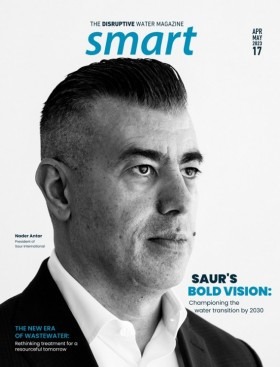UN 2023 Water Conference: moving forward on water commitments
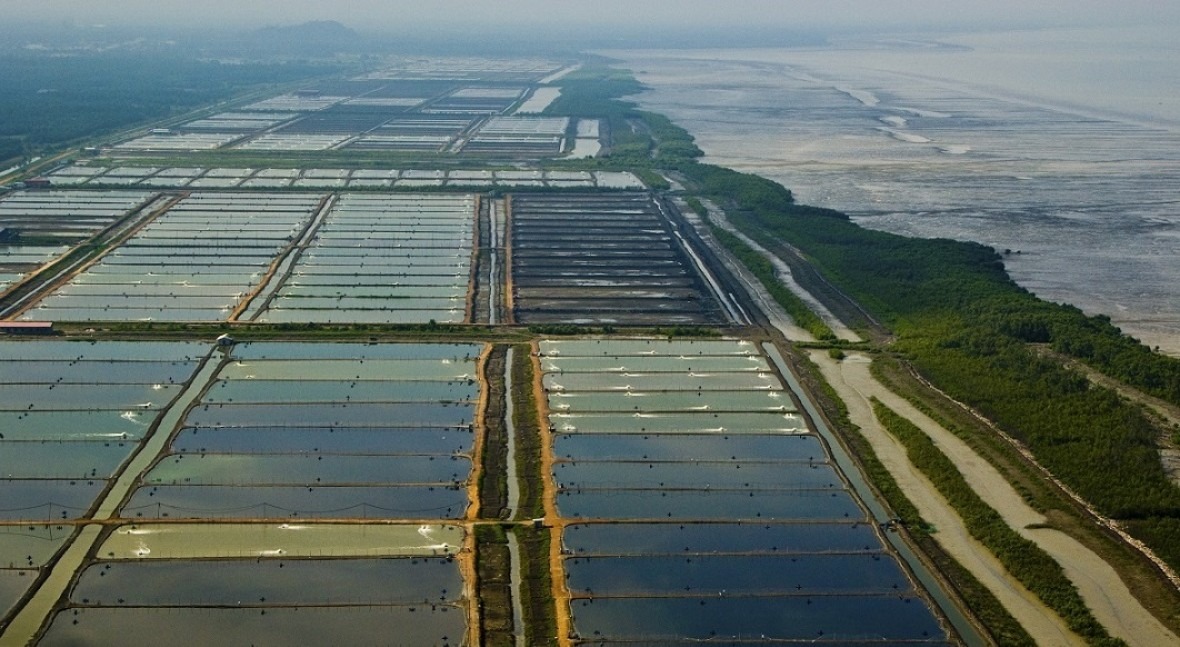
Global progress on water and sanitation faces many challenges. The UN 2023 Water Conference, held from 22 to 24 March in New York, presented itself as a unique opportunity to accelerate water action and achieve Sustainable Development Goal 6, clean water and sanitation for all.
The key outcome of the Conference is the Water Action Agenda, capturing over 700 voluntary commitments aimed at driving transformation from a global water crisis to a water-secure world. Member States and multilateral institutions announced investments in water and sanitation infrastructure and services, domestically and to help other countries. Several countries stepped up their commitment to transboundary water cooperation; confirming their intention to join the UN Water Conv ention, in what could be major progress to advance cross-border water cooperation, prevent conflict and build resilience. Private sector and non-profit organisations also pledged dedicated investments, such as to extend the impact of WASH services work, and for water innovation, including the commercialisation of innovative water management approaches and the deployment of new water technologies.
The overall financial impact of commitments made at the Conference amounted to USD 300 billion, according to the closing remarks of Csaba Kőrösi, President of the 77th session of the General Assembly. But while the pledges and commitments are a major inspiration, some voices have pointed out that many are small-scale, lack clear financing models, or do not contain quantifiable targets. Moreover, some are already ongoing initiatives repackaged for the occasion, which at least might receive a new impetus.
There are different views on whether a focus on voluntary commitments is the best way to make progress on water and sanitation. Accountability is a main concern, as the commitments are voluntary. The Conference focused on action, not on negotiation, but would it have been better to negotiate and try to come up with a political declaration? Such a declaration would hold governments accountable, but the tensions associated with a negotiated approach might have gotten in the way of open and constructive discussions. Csaba Kőrösi argued that although the outcome of this conference is not a legally binding document, it still turns a page of history. Whether the Conference will achieve its aim of catalysing progress on water and sanitation will be seen in the future, and clearly this event is part of an ongoing journey. The truth is the success of the conference can also be considered in terms of visibility and political momentum, of new ideas and partnerships: creating opportunities that are hard to quantify.
The key outcome of the Conference is the Water Action Agenda, capturing over 700 voluntary commitments aimed at driving transformation
Momentum is not easy to measure, but nonetheless important. In the words of Kelly Parsons, CEO of WaterAid America, “We collectively heard the voices of Indigenous leaders, of women, of those who are on the front lines of the water crisis. They are calling us to action. There is momentum, but it must be harnessed to reach the billions of people living without clean water, decent toilets and hygiene. We don’t have a moment to lose.”
Rich Thorsten, Chief Insights Officer of Water.org welcomed the Conference as “a step in the right direction for global leaders to recommit to universal, sustainable water and sanitation”, but pointed to the tremendous task ahead now: “we must now translate those commitments into tangible investments and quick action to get back on course to achieve SDG6 by 2030”.
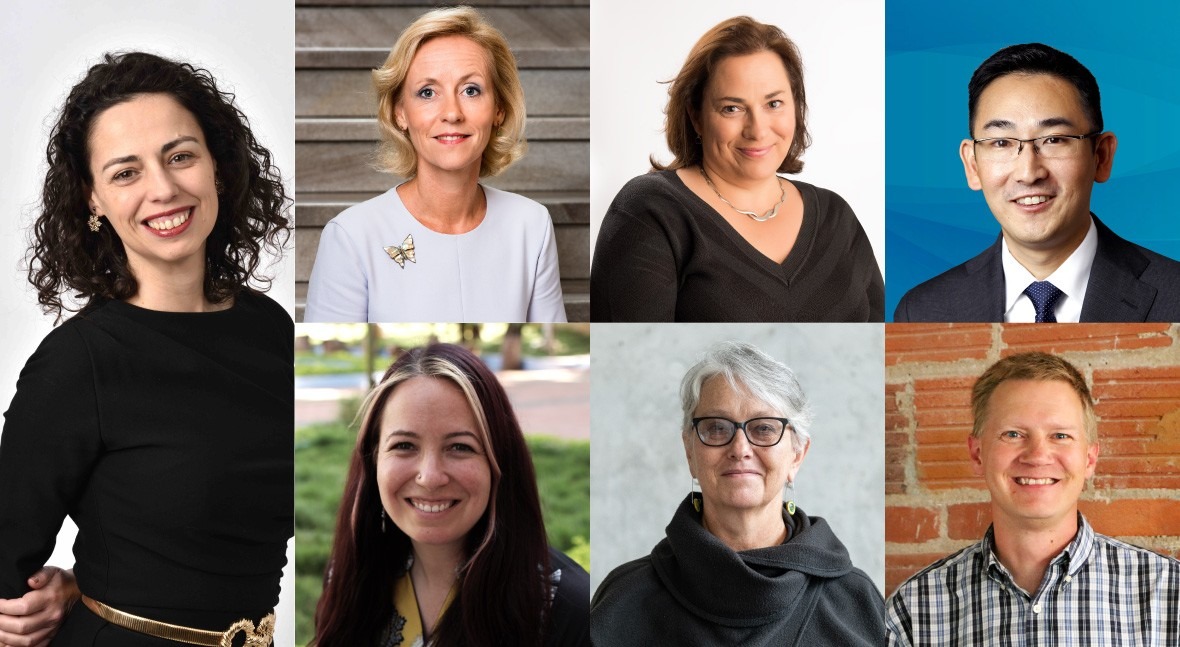
Barbara Schreiner, Executive Director of the Water Integrity Network, also deemed the Conference “a momentous opportunity”, but fears “it did not go far enough to address the global water and sanitation crisis with the seriousness it deserves”, pointing to the lack of meaningful accountability or binding outcomes. Together with colleagues from other organisations, they addressed an open letter of concern to the UN Secretary-General: “We believe the 700 voluntary commitments risk fragmentation and disjointed delivery. The absence of a systematic review of the evidence means we risk forgetting the lessons and repeating the mistakes of the past. The lack of balanced participation silences those most affected, and leaves the agenda open to undue influence by powerful beneficiaries of the status quo”. In fact, the most vulnerable, who lack access to human rights to water and sanitation, were not even aware that the Conference was taking place.
“Water is a team sport”
Those were the words of Jim Andrew, Executive Vice President and Chief Sustainability Officer for PepsiCo, during a post-conference session by the World Economic Forum (WEF), “Beyond the UN Water Conference - Leaders on What’s Next”, but it is a recurring message: water is everyone’s business, and collective action is needed to overcome the water crisis.
That means sectors of society coming together to accelerate action towards achieving SDG 6 and respond to the water crisis. Every actor has a role to play, and the private sector is key to shaping a future that is water resilient. Very much present at the Conference, businesses are already taking action to become better stewards of water resources, taking into consideration their own companies as well as the water footprint across their supply chain.
Whether the Water Conference will achieve its aim of catalysing progress on water and sanitation will be seen in the future
Al Cho, Senior Vice President and Chief Strategy and External Affairs Officer at Xylem, highlighted the Conference’s emphasis on diverse partnerships: “What the summit got right was to create space for countless constructive collisions between stakeholders with diverse capabilities and interests. My hope is that these encounters will unlock the tremendous potential energy that stems from juxtaposing stakeholders who never interact in the conduct of daily business, but probably should”.
He calls for “a multi-stakeholder approach to fast-track deployment of technology to address the world’s big water challenges”, noting that no single player can make that happen: “We need the private sector, government, development agencies and multi-laterals to get better at working the problem together”.
A cross-cutting issue
The links between water and climate change, food, energy and biodiversity are more evident than ever, and the focus on water needs to change from fragmented and reactive to much more connected and proactive. That means collaboration between governments, non-profit organizations, and the private sector, but also working together across sectors.
We need to manage water and climate in tandem to protect resources, reduce disaster risks, reduce emissions, and ensure equitable access
The nexus with agriculture is a very obvious one, as the major water use across the globe. At a high-level dialogue on the last day of the Conference, the Director-General of the FAO QU Dongyu emphasized the need for all sectors to work together “to co-create, co-design and co-advocate solutions”. According to the FAO, water enables the production of over 95 per cent of the food on land; however, by 2050, to meet future demand, the global production of food, fibre and feed will need to increase by 50 per cent compared to 2012. They estimate that to meet that goal, 35 per cent of additional water resources are needed.
To meet the challenges ahead, the Global Commission on the Economics of Water has proposed a path to transform the economics and restructure the governance of water. Their strategy includes points such as addressing the under-pricing of water, phasing out some of the agriculture and water subsidies which promote excessive water consumption, and investing in innovation to extend the reach of scarce water resources.
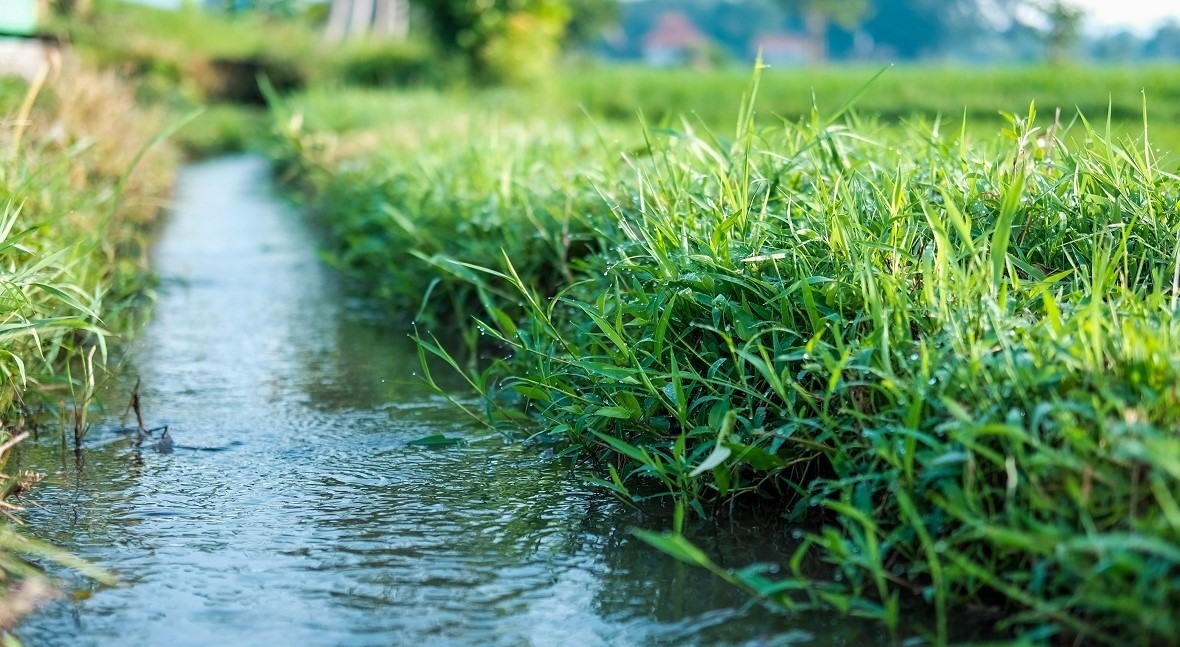
Another nexus that cannot be overstated is that between water and climate. While the role of water in tackling climate change may not have been widely recognised, that may be changing, with water becoming increasingly part of adaptation and mitigation discussions.
We feel the water crisis locally, in our rivers, in our groundwater, but although it needs to be regarded as a national concern, the water cycle does not know about political boundaries, so water resources have to be considered at the global level, similarly to climate mitigation or biodiversity. As a global common good, water resource management must be resilient and compatible with a changing climate. Experts stress the need to manage water and climate in tandem to protect water resources, reduce disaster risks, reduce greenhouse-gas emissions, and ensure equitable access.
In this regard, not only is adaptation important, but also mitigation from water – the contribution of the water sector to emissions. Also, as water and climate policy become better integrated in the future, it is vital to revisit the role of adaptation versus mitigation, as the first one only received about 10% of the total climate finance, even though they are both equally urgent and important.
What’s next
In terms of follow-up, the conference outcomes will receive concrete follow-up in three key upcoming summits: the SDG Summit during the UN General Assembly in September 2023, the Summit of the Future in 2024, and the World Social Summit in 2025, and through other United Nations processes. It is hoped that, after this conference, water will be given more prominence within the UN system, and be addressed as a crosscutting issue in the UN agenda. To help in this regard, and as a specific outcome called for at the Conference, the UN is considering the appointment of a UN Special Envoy for Water, to help coordinate action across the UN architecture and catalyse multilateral progress.
The UN is considering the appointment of a Special Envoy for Water, to help coordinate action across the UN architecture
Nathalie Olijslager Jaarsma, the Conference Program Director, spoke to Smart Water Magazine – you can read the full interview in this issue – and reflected on the visibility of water in global discussions, such as those focusing on climate or migration: “I think water should be an explicit topic in all these discussions. I am not sure if that goal is going to be achieved by separate water conferences, or by making sure water is on the agenda of all the other conferences on food and climate, etc. I tend to think the latter is more useful”.
Monitoring progress on the commitments will be crucial, but also to capitalise on the opportunities to replicate and scale
Scaling down from the UN, we can remind ourselves that the UN is only as strong as its members, and focus on maybe the most important actors when it comes to achieving SDG 6: national governments. In this regard, Lesley Pories, Coordinator of the Global Water Leadership Programme (GWP), noted the appropriateness of having an event at the UN-level: “The UN Water Conference was effective in getting many ministers from across the water sector to attend and engage, which was a notable and welcome difference from other key events where the water sector comes together”; however, in her view, those ministers in charge of water themselves “are not the most important actors we need to engage as a water community to propel transformation in how water is valued and subsequently managed at the country level”, and she affirmed “these conversations marked, at least for me, a turning point in who the community focuses its advocacy upon“, claiming advocacy needs to aim a bit higher, at the Heads of State.
Catarina Fonseca, Economist, IRC Associate, and Founder of Pulsing Tide, also pointed to the role of Heads of State: “The commitments done by Heads of State were underwhelming. There were actually very few Heads of State present. Why would their commitments be important? Because much of the issues in the sector are multisectoral and complex in nature and won’t be solved by Ministries of Water or Ministries of Finance alone, they require a much longer-term vision and drive”.
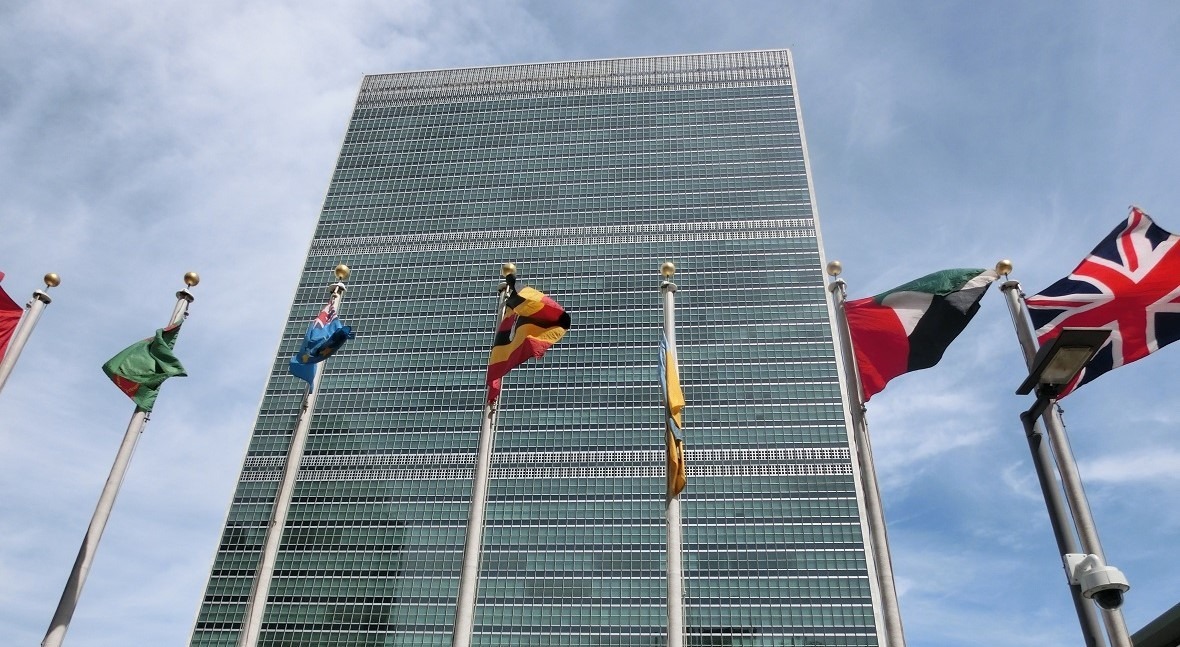
Ultimately, we come back to the same lesson: we are all in this together, and it is paramount to join efforts to reach the millions of people who cannot currently exercise the human rights to water and sanitation. Josien Sluijs, Managing Director at Aqua for All, highlighted the need to bring public and private efforts together to bridge the financing gap for water and sanitation action. “The UN 2023 Water Conference was the ultimate stage for showcasing how blended finance effectively mobilises private capital for water”, she noted, citing for instance how “together with the government of Kenya we stressed the importance of joint efforts; the financing gap for their country policy is huge and the private sector is able to complement their public efforts. I witnessed a growing acknowledgement of and support for the private sector to play their part”. And she is optimistic about the future: “We will continue to pave the way to unlock private capital and facilitate private actors to complement public efforts. I am confident that the #WaterActions as presented at the UN Water Conference will accelerate universal access to water.”
After this milestone event, the journey continues towards a future with clean water and sanitation for all. Monitoring progress on the commitments will be crucial, but, as Henk Ovink, the Special Envoy for Water for the Kingdom of the Netherlands, noted at the WEF post-conference session, it is not just important to deliver on them, but to capitalise on them, taking advantage of the opportunities to replicate and scale across the world.



